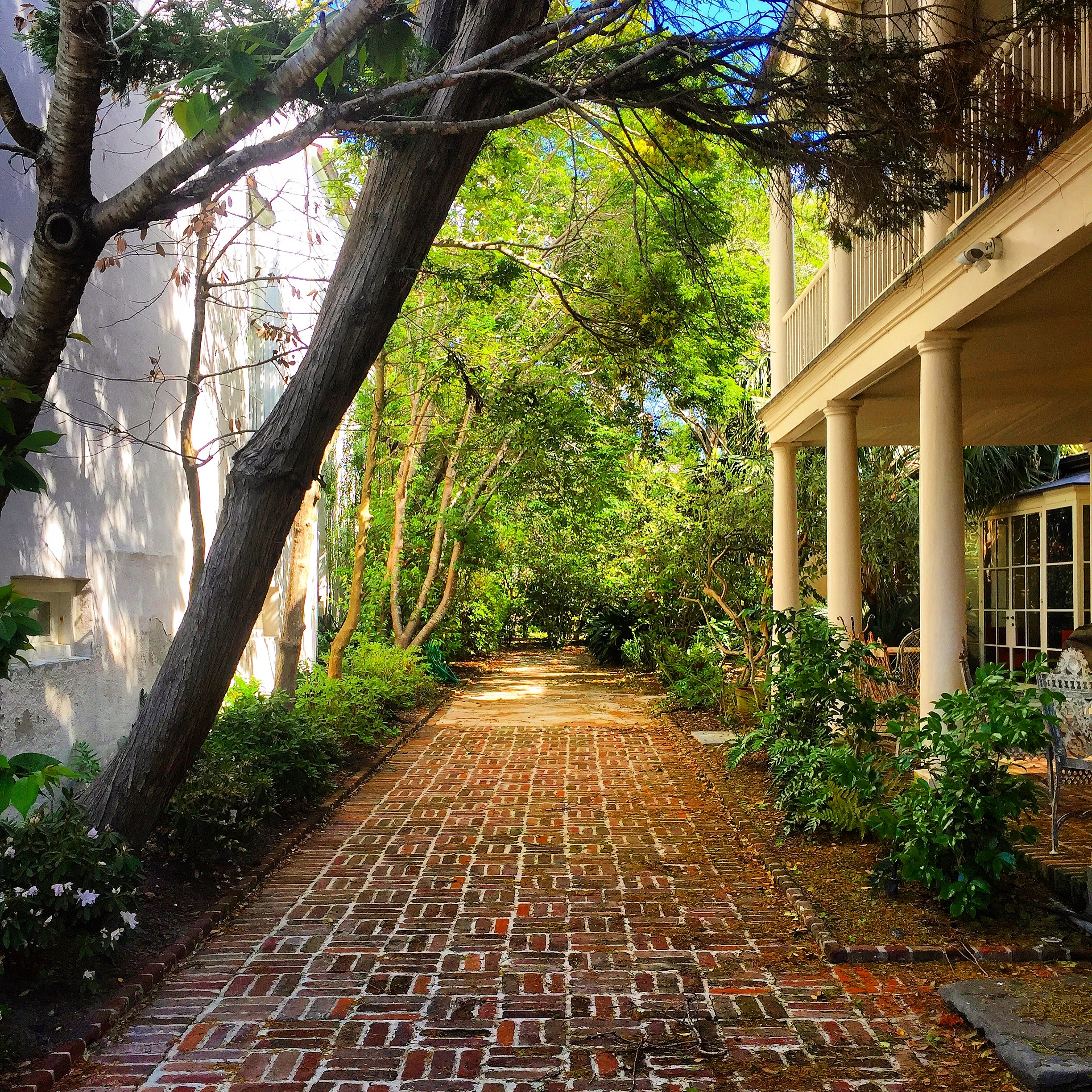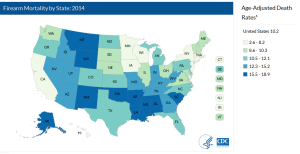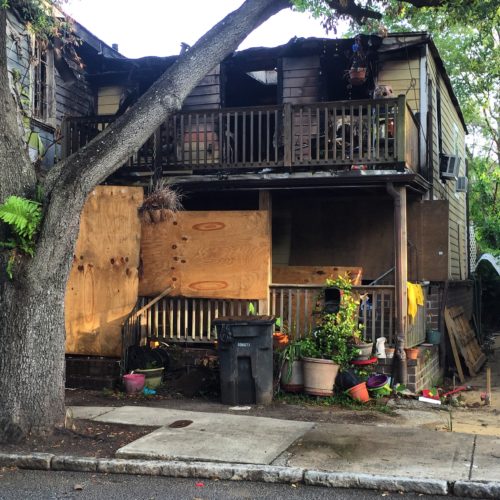7 Serious Issues with the Charleston Lifestyle
Even paradise has cracks and pitfalls. There is no such thing as the perfect place. We all want to believe that. We are Charleston of course; an Instagrammer, Foodie Blogger, wedding and fashion haven. Keep in mind, all that has a nice marketing spin of money and beautiful people. Peel a layer back on this onion and you may begin to cry.
There are a number of concerns masked behind this elegant ballroom dance. Many adversely affect us every day.
Let us examine 7 defining areas of concern that put the Charleston lifestyle in jeopardy
- Education Funding – $6.6 Million of a $480 Million dollar budget was set aside for education spending in Charleston County in the 2017 budget (1.4%). Given the higher than national average growth of 45 – 55 new residents daily, overcrowding of classrooms, under funding of teacher salaries and even cookie cutter trailers being built for extra classroom space, this is a situation that seems to be getting worse and needs immediate attention and funding.
- Charleston voted the worst city to start a small business – The Charleston, South Carolina, metropolitan area comes in as the number one least-favorable place to start a small business for a number of reasons. In the first place, office rents are a sky-high $23.60 per square foot, well above the national average of $17.15 per square foot. Second, housing costs are above the national average for both renters (median monthly rent is $975 versus $803 nationally) and owners ($1,367 versus $1,217). Third, public transit is
 infrequent and underutilized, with only 1 percent of Charleston area commuters using public transportation. And finally, the area business ownership rate is below average, in the 8th percentile, with a very low percentage of startups (0.89 percent), and a below average five-year survival rate of 48.32 percent.
infrequent and underutilized, with only 1 percent of Charleston area commuters using public transportation. And finally, the area business ownership rate is below average, in the 8th percentile, with a very low percentage of startups (0.89 percent), and a below average five-year survival rate of 48.32 percent.
- Talent Supply Issues – Charleston was just ranked #4 for best place to start a career for entry level graduates. Yet, as a footnote to that study, we were ranked #1 in the nation for most job openings per 100,000 residents. That is a potential economic disaster for this community if we begin to become less reliant on hospitality and tourism and begin to grow our business presence. We need to address the requirement of more skilled labor and how we will identify them both locally and nationally.
- Taxation – Charleston County has the highest taxation of any county in South Carolina at 9% (6% State and 3% Local) and one of the highest in the country. Let us add on top, the burden locals face dining out. Restaurant food tax is 10.5% and restaurant alcohol tax is as high as 16.5%. These taxation rates may not put a strain on a tourist that is here for 4 days, but for the local community living here all year, it weighs heavy.
- Gun Violence – In 2014, South Carolina had the 10th worst firearm mortality rate in the United States with 15.5 deaths per population of 100,000. In 2011, South Carolina was ranked 15th in raw firearm deaths with 223 of the 8583 in the United States. 70% of all murders in the state that year were a result of a firearm. In 2014, 764 deaths in the state were by the use of a firearm. In a July, 2017 article, the Post & Courier indicated, “On an average week between 1999 and 2014, a dozen people were fatally shot in South Carolina. Nearly 10,000 lives were lost to homicides, suicides and accidents involving guns. Then, in 2015, 16 died every week — 841 by the year’s end — the highest toll of gun deaths for the Palmetto State since the Centers for Disease Control and Prevention started tracking it.”
 The top 10 worst states in firearm death rate in 2014 were:
The top 10 worst states in firearm death rate in 2014 were:
- Louisiana – 18.9
- Alaska – 18.8
- Mississippi – 18.0
- Alabama – 16.7
- Arkansas – 16.4
- Wyoming – 16.0
- Montana – 15.8
- New Mexico – 15.8
- Oklahoma – 15.6
- South Carolina – 15.5
Source: http://wonder.cdc.gov
- Tourism First / Locals Second – The annual occupancy rate of hotels in Charleston/North Charleston in 2017 was 75.5%. If you focus just on downtown Charleston, that number is over 92%. To compare, Myrtle Beach sat at 53.3%. The number do not lie, tourism is a critical part of our economic success, but at what cost? Many say, the barrage of cranes and construction vehicles corrupting our town, rising costs, raised rents, local businesses closing and overall worsening conditions for locals is a reason to be alarmed and many have voiced these concerns. Who is acting on behalf of the local residents? Look at a few examples: The meters in downtown Charleston increased by 100% and the hours of operation were raised from 6 PM to 10 PM. On Folly Beach, it is now $10 to walk the streets for their festivals, when for so many year it was free. These are just a few case studies of changes that putting a pinch on local residents.
- Highway Infrastructure – The Brooklyn Bridge just celebrated its 135th birthday and still stands as strong and safe as ever. With the Wando Bridge fiasco, the bridge slip of Dan Holt a few months ago and ice shutting down the Arthur J. Ravenel Bridge, it is evident we have a real reason to be concerned about our highway system. We compliment the amazing efforts of CARTA to change cultural thinking about mass transit and assist in this growing issue, but that isn’t enough.
When will be begin to not only look at these areas, but take real steps to improve conditions?




Transit continues to be far behind most other areas of our side. Transit funding is being diverted for sprawl inducing suburban road construction. $11 million last year. That’s why our buses are slow and few. https://bfltransit.blogspot.com/
Flooding is a major issue; flooding from rising tides, flooding from storms, flooding from rain water with no where to go due to improper development. West Ashley, the peninsula, John and James Islands, all have neighborhoods with homes that have been damaged from flooding multiple times. Groundswell is the organization that is providing valuable information for homeowners who have sufferred damage as well as providing information on flood mitigation. Flooding is now one of the Mayor’s top priorities.
$10 to get to the Folly Festivals now? Just to walk the beach?
Marc, just to get on Center Street for the festival. You can take parallel side roads to bypass and get to the beach.